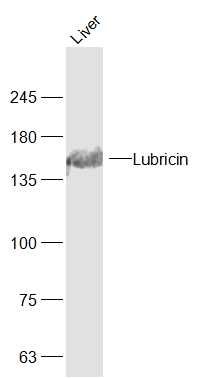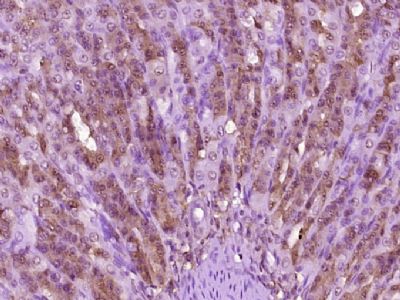Specific References (3) | SL11175R has been referenced in 3 publications.
[IF=1.58] Yang, Tao, et al. "Extracellular matrix characteristics of co-cultured zonal chondrocytes and bone marrow mesenchymal stem cells." Int J Clin Exp Pathol 10.2 (2017): 984-995. IHSLCP ; Rabbit.
[IF=4.717] Liu C et al. Kartogenin enhances the therapeutic effect of bone marrow mesenchymal stem cells derived exosomes in cartilage repair. Nanomedicine (Lond). 2019 Dec 2. IHSLCP ; Rat.
[IF=1.68] Ren, Xiang, et al. "Engineering zonal cartilage through bioprinting collagen type II hydrogel constructs with biomimetic chondrocyte density gradient."BMC Musculoskeletal Disorders 17.1 (2016): 1. IHSLCP ; Rabbit.

